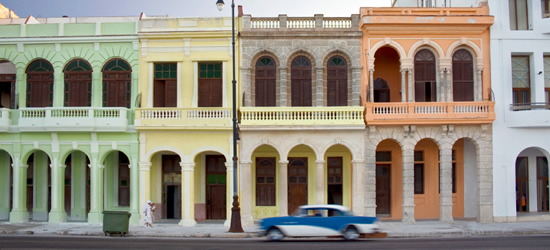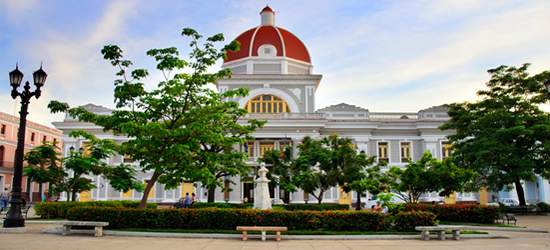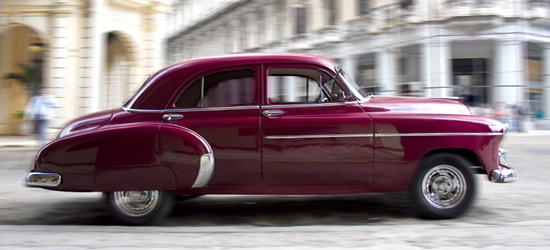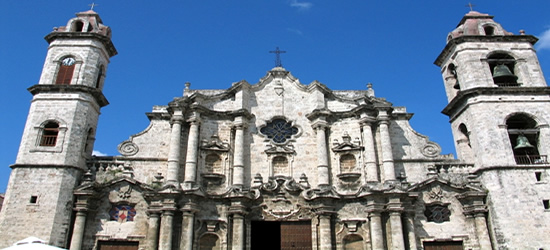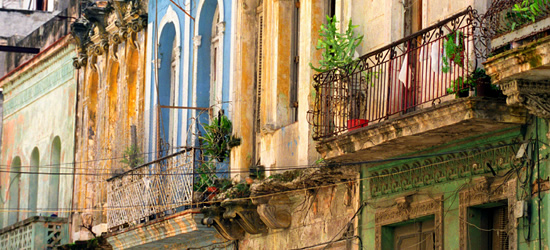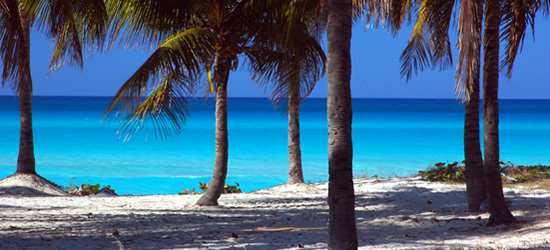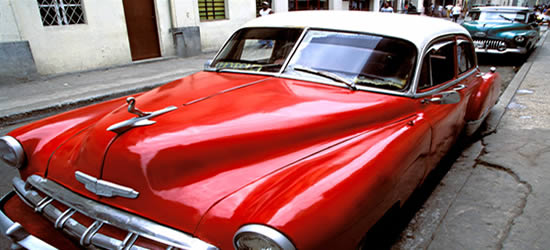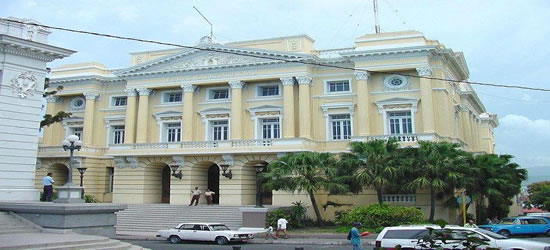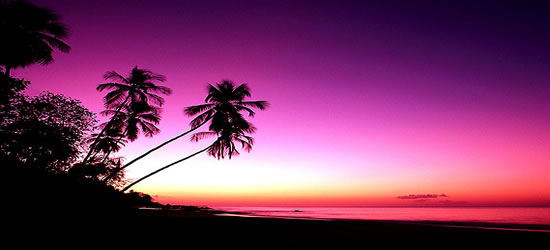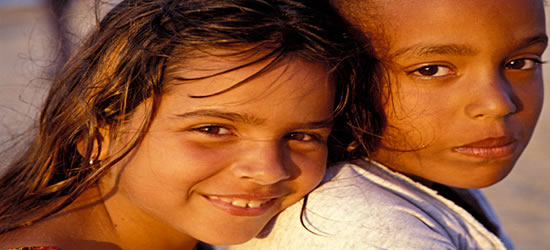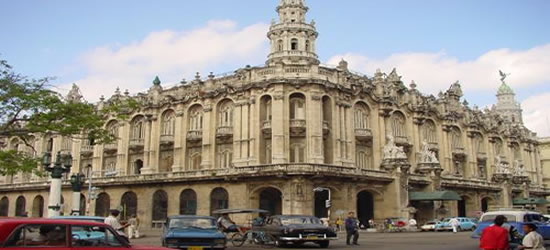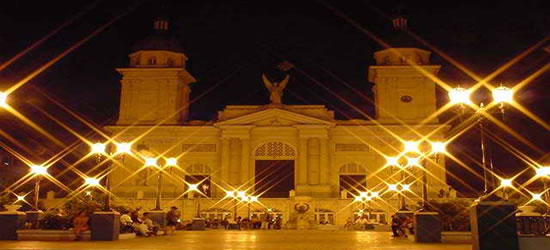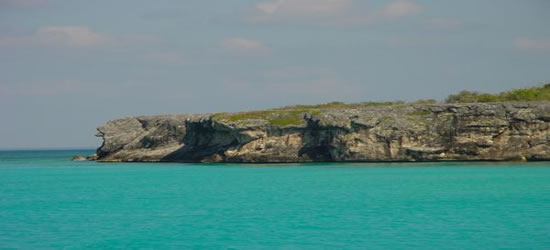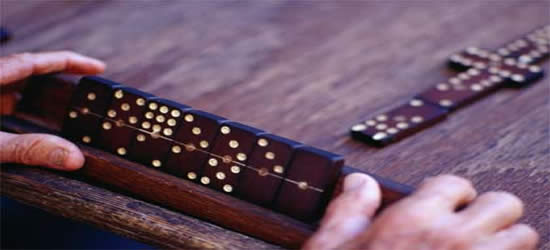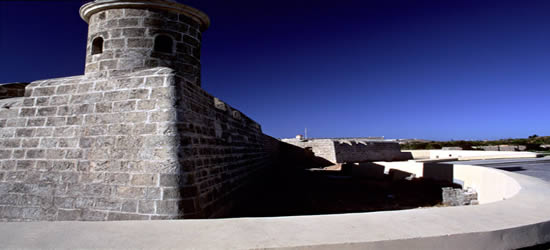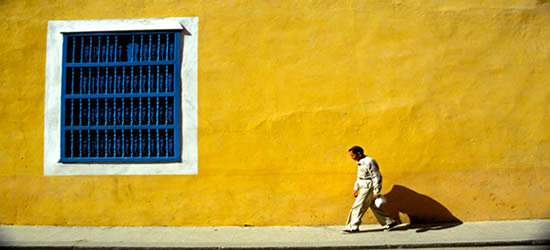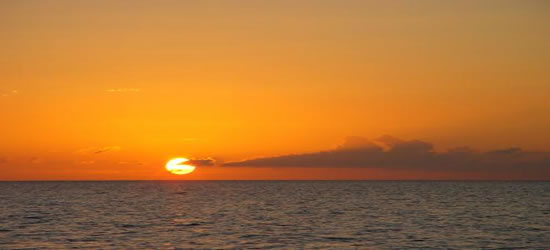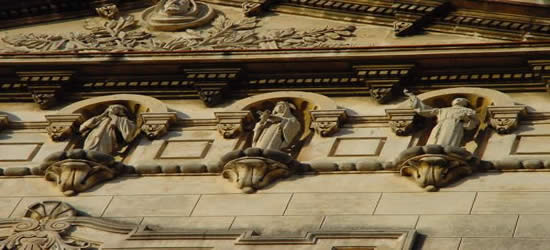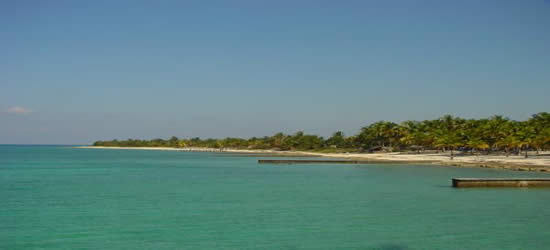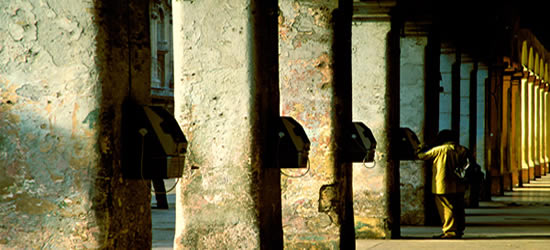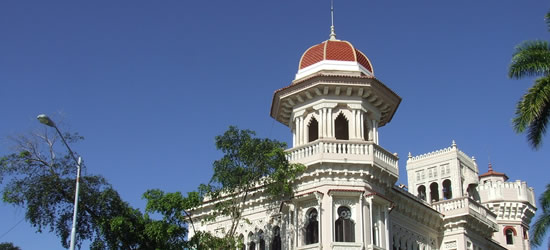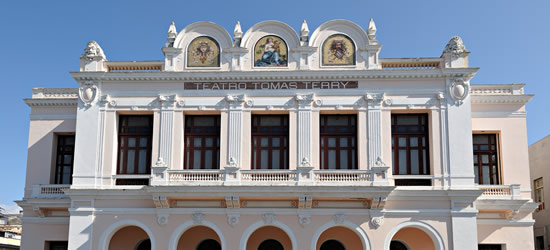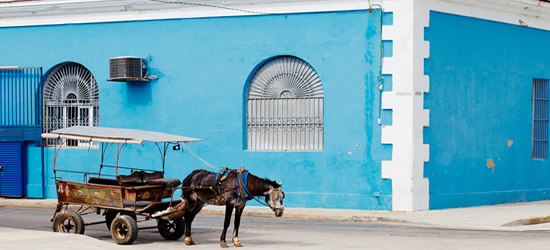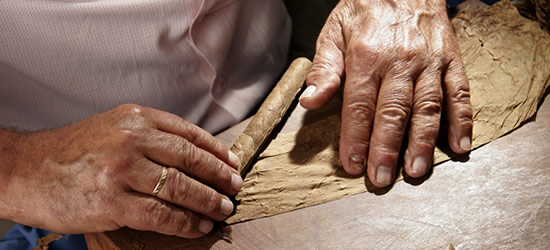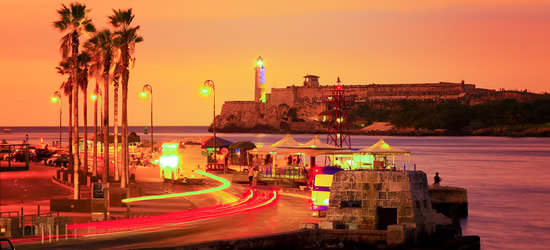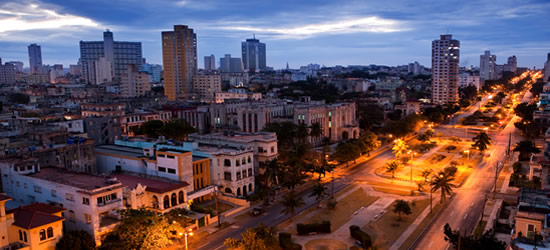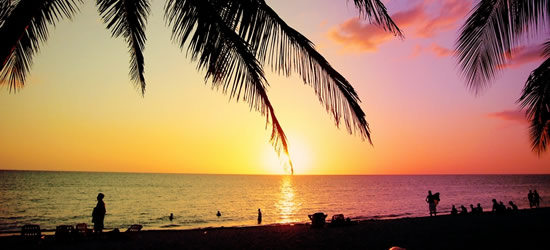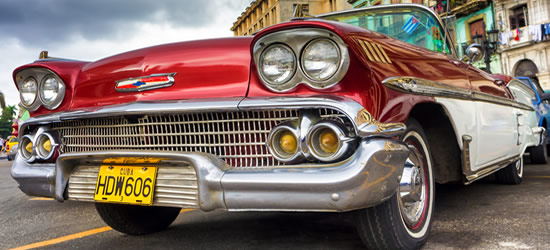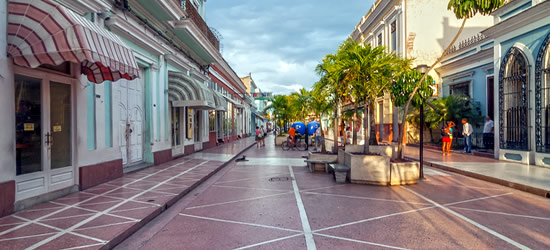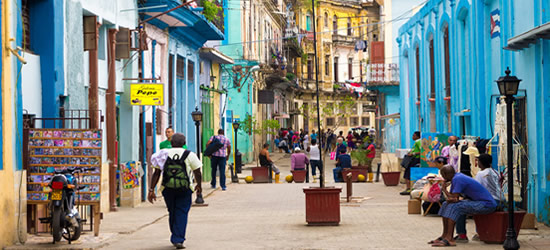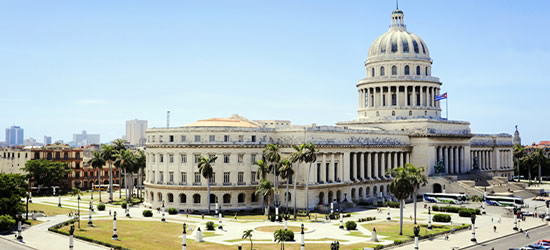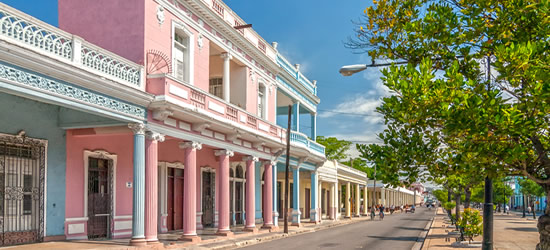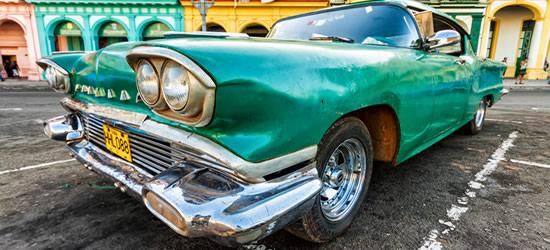Havana is built around a harbour in western Cuba and is the centre of all things Cuban. There's an air of classic glory about the city, as big '50s and '60s American automobiles cruise the streets. The city is lined with glorious Spanish colonial architecture, much of which is under restoration. There is a swinging nightlife, and less traffic and commercialisation than your average Latin American city. The City is located 170km southwest of Key West, Florida.
Old (Colonial) Havana sits on the west side of the harbour, spilling west into the lively Vedado hotel and entertainment district. There is not a bad time to visit Havana. The hot, rainy season runs from May to October but winter (December to April) is the island's peak tourist season, when planeloads of Canadians and Europeans arrive in pursuit of the southern sun. Christmas, Easter and the period around 26 July, when Cubans celebrate the anniversary of the revolution, are also extremely busy.
New Year's Eve coincides with the anniversary of Castro's troops marching into the city, so make hotel reservations early and plan to dance all night.The Havana Carnival in late February and early March features parades in front of the Capitolio or along the Malecón on Friday, Saturday and Sunday evenings.
Havana Hosts numerous International Festivals each year, from Guitar to Caribbean Culture, while the International Theater Festival is held in Havana every other September. October has the 10-day Havana Festival of Contemporary Music as well as the Havana Ballet Festival later in the month. The International Festival of New Latin American Film takes place in Havana in December of each year.
Many of Havana's finest buildings have been transformed into museums and there are enough churches, palaces, castles, revolutionary monuments and markets here to sate the most ravenous culture vulture. Unmissable sights include the Plaza de la Catedral, one of the most beautiful squares in the city. On weekends, the square fills with lively handicraft markets, torpid tourists and street-sweepers who turn their task into a ceremony. The unequal towers of the Catedral de San Christóbal de La Habana dominates the square.
Nearby is the Castillo de la Real Fuerza, the oldest extant colonial fortress in the Americas. The west tower is crowned by a bronze weathervane dating back to 1632. La Giraldilla (as the nimble-figured wind-spinner is known) is believed to be Doña Inés de Bobadilla, waiting futilely for her husband, the explorer Hernando de Soto, who set off to Florida on a quest for the Fountain of Youth and was eaten by cannibals.
The Royal Palm-studded Plaza de Armas has been the seat of authority and power in Cuba for 400 years. There's a large secondhand book market here on weekends. Calle Obispo runs off Plaza de Armas and was one of Hemingway's hangouts; today it's a pedestrian-only throughway filled with frivolous fashion stores and alfresco cafés. There are a lot of paladares (private restaurants of 12 seats or less) in Old Havana.






